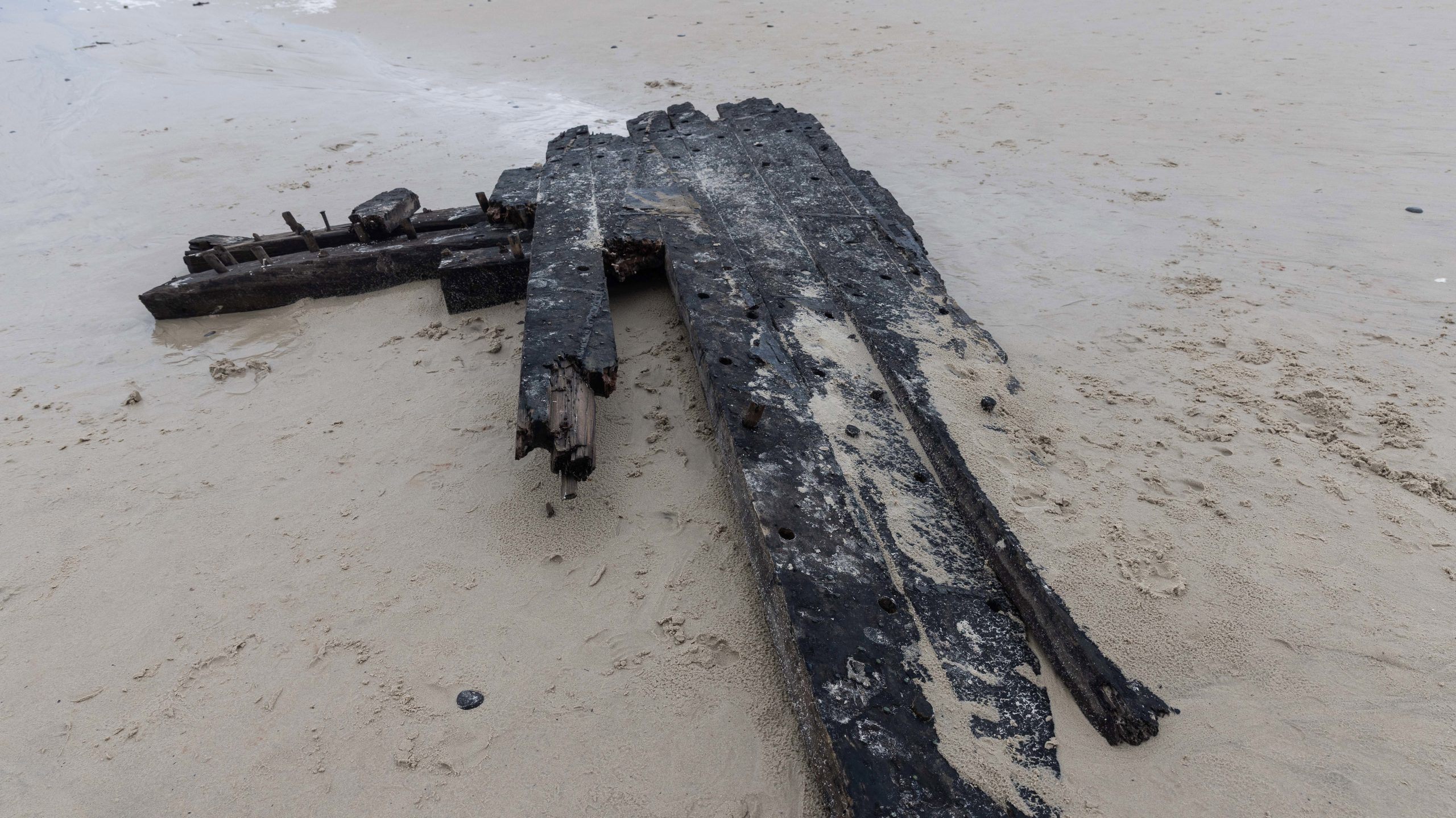Inflation has remained steady for the third month in a row, but a slight rise in the underlying figure may cast some uncertainty over when Australians will get their next interest rate cut.
According to new monthly data from the Australian Bureau of Statistics, headline inflation remained at 2.4 per cent for the 12 months to April, while the trimmed mean – the Reserve Bank’s preferred measure of core inflation – inched up from 2.7 to 2.8 per cent.
While both figures remain in the RBA’s target range, the new data also showed why so many Australians are still feeling the pinch of the cost-of-living crisis.
READ MORE: Coalition split officially over after little more than a week

Fruit and vegetable prices rose 6.1 per cent over the last year, while the cost of eggs skyrocketed a whopping 18.6 per cent on the back of shortages caused by bird flu outbreaks.
Rents have continued to rise as well, albeit by the smallest amount since February 2023, up 5 per cent.
On the other side of the equation, fuel prices fell 12 per cent over the last year, and government subsidies helped electricity prices drop 6.5 per cent.
“Without all the Commonwealth and state government rebates, electricity prices would have risen 1.5 per cent,” ABS head of prices statistics Michelle Marquardt said.
The higher-than-expected inflation figures may cast some doubt over whether the Reserve Bank will follow up last week’s interest rate cut with another one at its next meeting in early July.
READ MORE: Retailers scramble to remove stock as Australian-first ban comes into effect
“The RBA remains cautious about inflation, and today’s reading shows why,” eToro market analyst Josh Gilbert said.
“But let’s be clear, this isn’t a reason to panic; inflation doesn’t just move in a straight line, one way or the other.
“This does mean that the RBA will be on watch and that a rate cut in July is certainly not nailed on…
“But inflation remains within the Reserve Bank’s target band of 2-3 per cent, and the upside risks are clearly receding, which is why the market is pricing three further rate cuts this year.”
However, some economists said there was reason to believe the RBA would be more likely to cut the cash rate to 2.6 per cent following today’s data, after the volume of construction work done came in well under expectations.
“The key surprise was in the first partial data release for first-quarter GDP – the construction work done, which was reported to have stalled against a consensus for a 0.5 per cent rise,” State Street’s Krishna Bhimavarapu said.
“We increasingly feel that the RBA might cut faster or quicker if Q1 GDP data disappoints next week.”
DOWNLOAD THE 9NEWS APP: Stay across all the latest in breaking news, sport, politics and the weather via our news app and get notifications sent straight to your smartphone. Available on the Apple App Store and Google Play.
